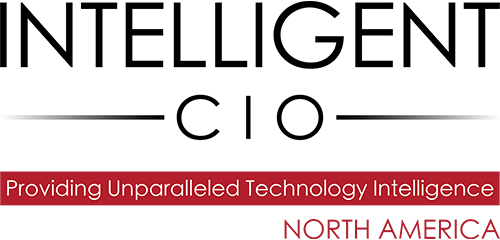Willy Sennott, the EVP FinOps at Vega Cloud says the longer you delay your FinOps initiative, the more money you leave on the table.
If I told you I’d give you two dollars tomorrow in exchange for a dollar today, you probably wouldn’t have to think very hard to realize I’m offering you a good deal, right?
In general, no. Most business leaders recognize the value of investing in measures that improve revenue and cash flow.
Strangely, however, cloud cost optimization initiatives tend to be an exception. Although cloud cost optimization – a practice also known as FinOps – can significantly reduce the amount of money businesses spend on cloud infrastructure, which frees up cash that they can redirect elsewhere, companies too often drag their heels when considering cloud cost optimization projects. That’s a shame because the longer you delay your FinOps initiative, the more money you leave on the table.
Fortunately, with the right approach, it’s possible for organizations to overcome the hurdles that can slow down cloud cost optimization projects. Allow me to explain by discussing why FinOps can be a particularly challenging endeavor for companies to start, and what they can do to accelerate the process.
Why FinOps journeys often start late
Understanding the value of reducing spending on cloud infrastructure is easy. Virtually all business leaders want to leverage FinOps to save money.
The problem, however, is that cloud cost optimization projects come with upfront costs and businesses too often struggle to get buy-in for accepting those costs.
To cut cloud spending, you need access to experts who understand cloud architectures and services and who can help to identify and act on cost-savings opportunities tailored to your business. You also often need tools that help automate the process of reining in cloud spending. And you may have to invest in educational initiatives to guide employees about cloud spending best practices on an ongoing basis.
All these resources come with a cost – and objection to the cost can stunt the ability of FinOps projects to get underway. Business leaders and finance departments may hesitate to sign off on FinOps because they believe the business can’t afford the personnel, tooling and other costs it demands.
This hesitation, by the way, tends to be especially pronounced in the context of FinOps. All types of business investments come with a cost, of course; FinOps is not unique in that respect. But the differentiator is that many stakeholders inside businesses don’t fully understand what cloud cost optimization means or how it delivers value to the business, since they are not experts in cloud architectures or cost models.
This can make it more challenging to get buy-in for FinOps than for investing in research to support product development, for instance. Most people know how developing new products will generate revenue and benefit the business but they don’t always recognize the value of FinOps because it’s a dense, technically complex topic.
Getting quick buy-in for FinOps
How do you overcome these hurdles to ensure that your business can begin reaping the benefits of FinOps today, rather than waiting months or years for cost savings initiatives to get underway?
The answer begins with shifting the conversation surrounding FinOps so that stakeholders see it not as something akin to a cost center, but as a net-positive cash flow exercise. You can achieve this shift by emphasizing how every dollar that the business spends on FinOps results in the savings of multiple dollars. Viewed from this angle, the upfront cost of getting started with FinOps begins to become much more palatable to executives and finance teams.
You can also clear the hurdles that impede FinOps projects by minimizing the time that it takes to begin reaping financial benefits. The faster you can identify and act on cost savings opportunities, the faster FinOps starts saving the business money – and the easier it becomes for stakeholders to buy into FinOps.
The key to accelerating FinOps time-to-value is to deploy the right cloud cost optimization people and tools as quickly as you can. Here, working with a third-party vendor who specializes in FinOps can help. Outside vendors have the expertise and tools necessary to help businesses start saving money in the cloud immediately without having to create their own internal teams or build their own cloud cost management tools.
As a bonus, third-party FinOps vendors also offer the benefit of being in a strong position to help navigate complex relationships within companies that can slow down cost savings projects. Employees who are directly impacted by changes to cloud spending patterns, such as the engineers who maintain cloud workloads, are less likely to have friction with an outside vendor whom they view as an authoritative partner than with an internal FinOps team that they view essentially as an auditor tasked with disrupting their way of working. Experienced FinOps vendors know how to manage the social and organizational complexities of cloud cost savings initiatives – not just the financial and technical ones.
The sooner you get started with FinOps, the sooner you stop throwing away money on unnecessary cloud spending. That’s why finding ways to embark on your FinOps journey today – not tomorrow, not next month and not next year – is critical for businesses that want to make the most of their cash. And although avoiding delays to cloud cost optimization projects has traditionally been tough for many companies, getting underway is easy when you streamline your approach to accessing the tools and expertise you need for FinOps success.
Click below to share this article

